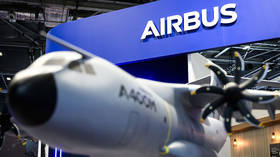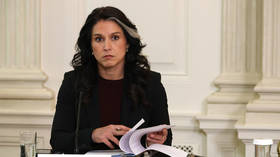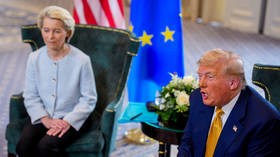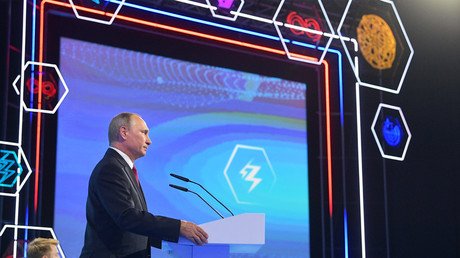‘Most accurate’ lie detector ever looks at your NOSE for hot clues of tall tales
In a breakthrough that bears striking similarities to the Pinocchio fairytale, boffins have created the “most accurate” lie detector ever after learning that the nose holds the key to spotting if someone isn’t telling the truth.
When someone lies, the temperature of the tip of their nose drops by up to 1.2ºC while that of the forehead rises by up to 1.5ºC. The reason for this peculiar phenomenon is that lying causes anxiety, which manifests itself in the temperature of the nose. The greater the difference between the nose and the forehead, the more likely that the person is lying.
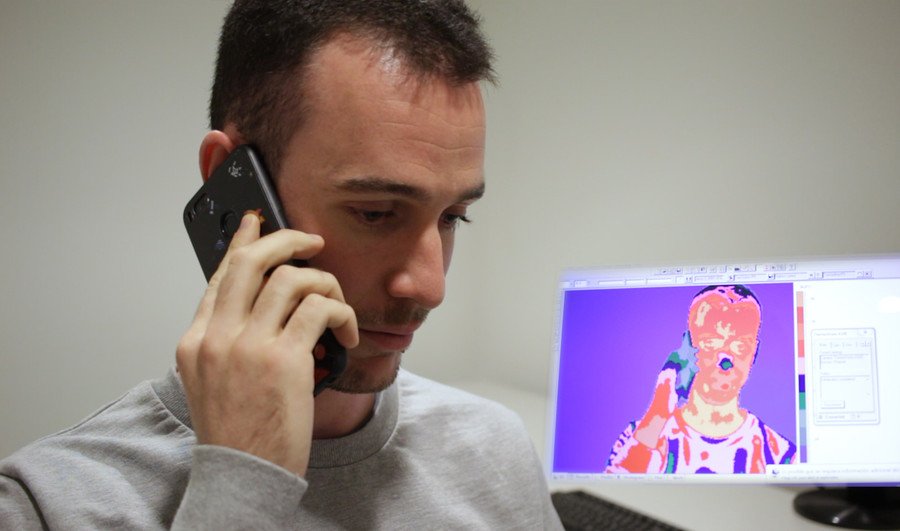
“There is also a cognitive response, because to lie we have to think, plan our excuses, analyze the context,” explains one of the researchers, Emilio Gomez Milan, from the University of Granada.
This causes us a cognitive load or a strong demand for attentional control that results in an increase in the temperature of the forehead… to lie you have to think, and that’s why the temperature of the forehead increases, but we also get nervous, something that causes a drop in the temperature of the nose.
The researchers took advantage of this quirk to create a lie detector test using infrared cameras that detect heat patterns and blood flow in the body.
The study asked participants to make a phone call to a loved one in which they had to tell them a meaningful lie, such as that they had just seen a famous actor. Meanwhile, the control group had to make another similar call, but they were shown unpleasant images on a computer screen and had to describe them.
“In both cases, the circumstances caused anxiety, but in the experimental group there is the so-called ‘Pinocchio Effect’ on the nose and the effect of ‘mental effort’ on the forehead, which allows us to monitor the lie,” explains Gomez Milan.
The scientists say their method offers an 80-percent level of accuracy, making it 10 percent more reliable than the famous polygraph test. They are so confident in their test that they have declared it to be the “most accurate” way of telling if someone is lying.
Like this story? Share it with a friend!


